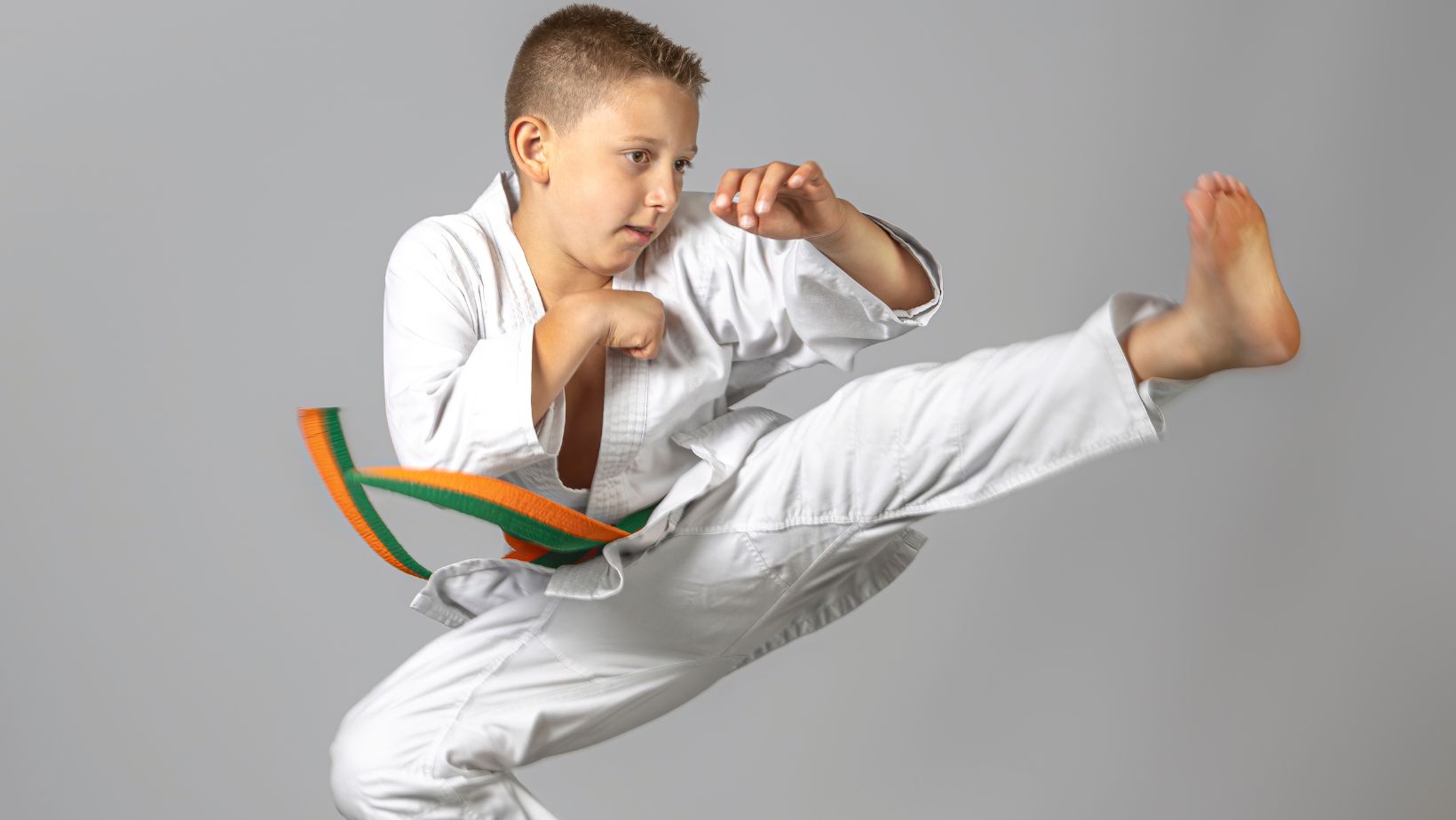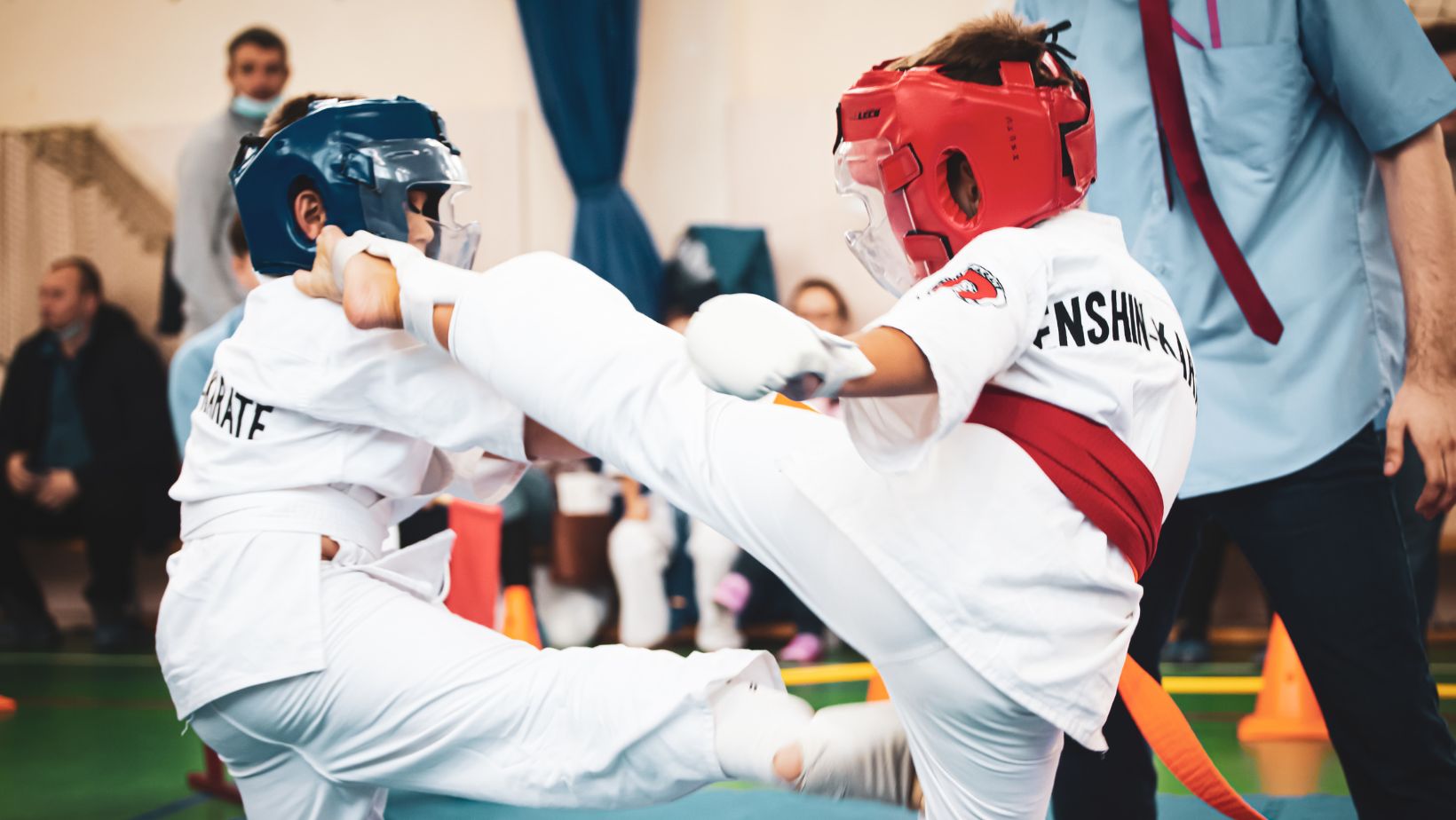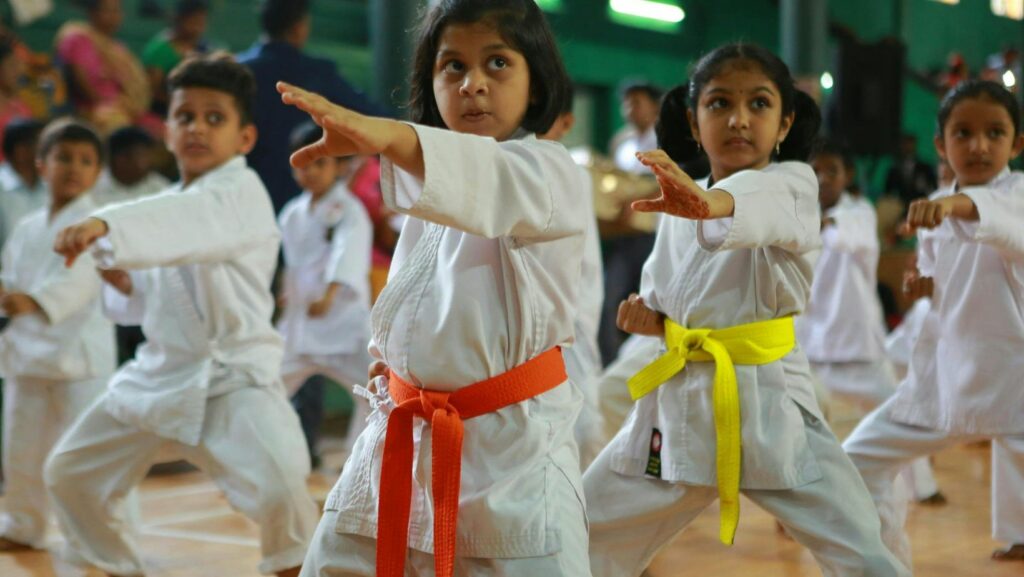Mixed Martial Arts (MMA) has come a long way from its early days as a niche, no-holds-barred combat sport to a mainstream global phenomenon. Today, MMA is celebrated for its diverse fighting styles, sophisticated rules, and the incredible athleticism of its competitors. From the historic first UFC event to the modern era of the Ultimate Fighting Championship (UFC), the evolution of MMA has transformed not only how the game is played but also how it is perceived by millions around the world. Join Banger Casino Online as we explore more!
The Early Days of MMA: From Vale Tudo to UFC 1
The origins of MMA can be traced back to Brazil, where the concept of vale tudo—a no-holds-barred fighting style—was popularized. In the early days, fighters from various martial arts disciplines, including Brazilian jiu-jitsu, wrestling, and muay thai, competed in unsanctioned events. These raw and often brutal contests laid the groundwork for what would eventually evolve into modern MMA.
The turning point came with the creation of the UFC (Ultimate Fighting Championship) in 1993. The first UFC event, widely regarded as the first MMA, was a revolutionary competition that pitted fighters from different combat sports against one another in a single-elimination tournament held in an octagon. This event showcased the effectiveness of various martial arts and marked the beginning of the evolution of mixed martial arts. Over time, the sport adopted the unified rules of mixed martial arts to ensure fighter safety and maintain competitive integrity—a critical evolution that propelled MMA into the mainstream.
The Rise of MMA: From Niche Sport to Global Phenomenon
Over the years, MMA has grown from a fringe combat sport into a multibillion-dollar industry. Today, the UFC is synonymous with MMA, and its events draw a global audience. This remarkable growth is not solely due to the promotion of marquee events; it’s also the result of evolving training methodologies, advanced analytics, and the integration of modern technology.
Diverse Fighting Styles and the Hybrid Martial Art
One of the key factors behind the popularity of MMA is its unique blend of various martial arts disciplines. Fighters now combine techniques from Brazilian jiu-jitsu, wrestling, muay thai, boxing, and even traditional martial arts to create a hybrid fighting style that is both unpredictable and effective. For instance, Brazilian jiu-jitsu has played a crucial role in shaping the modern approach to ground fighting, while striking techniques borrowed from muay thai and boxing add lethal precision in the stand-up game.
Fighters in MMA are trained to be well-rounded athletes, capable of adapting to different combat styles during a fight. This diverse skill set not only makes the sport exciting to watch but also provides a competitive edge for fighters who master multiple techniques. Iconic athletes like Conor McGregor, whose striking skills and tactical approach have redefined the sport, highlight how the evolution of MMA is driven by innovation and versatility.
Data-Driven Insights and Advanced Training
Modern MMA is as much about science as it is about skill. Data analytics and technology have become integral in evaluating player performance and optimizing training regimens. Coaches and trainers use advanced metrics such as spin rate, exit velocity for strikes, and launch angle for punches to assess and improve the performance of their fighters.

Wearable technology and real-time data collection have further revolutionized MMA training. These innovations allow fighters to monitor their performance during training sessions and competitions, providing insights that were previously unavailable. By analyzing data from every pitch and strike, trainers can refine a fighter’s technique, determine which fighting style works best in different scenarios, and tailor conditioning programs to maximize efficiency. This data-driven approach has become an essential part of MMA, enhancing both the strategic planning and execution of fight tactics.
The Global Expansion of MMA
The popularity of MMA extends far beyond the United States. Today, MMA is a truly global phenomenon, with fighters from over 40 countries competing at the highest levels. International expansion has brought together a diverse range of talent, creating a melting pot of cultures and fighting styles that enrich the sport.
International Players and Diverse Competitions
In recent years, MMA promotions have actively sought to include international players in their rosters. Organizations like the UFC have established events and training facilities around the world, ensuring that fighters from Asia, Europe, and Latin America have opportunities to shine. This global representation not only increases the level of competition but also appeals to a broader fan base.
Promotions such as Bellator MMA and regional leagues in countries like Brazil and Japan have also contributed to the growth of MMA. These organizations have nurtured local talent, paving the way for stars who later join the global stage. This approach has helped transform MMA from a niche sport into one of the most watched and celebrated combat sports worldwide.
The Influence of Mainstream Media and Pop Culture
The rise of MMA has been accelerated by its portrayal in mainstream media. High-profile UFC events, often headlined by superstars like Conor McGregor and other legendary fighters, have attracted millions of viewers globally. Social media platforms and streaming services have further amplified the sport’s reach, allowing fans to follow fights in real time and engage with their favorite fighters online.
Movies, documentaries, and even video games centered around MMA have contributed to the sport’s cultural cachet. This media exposure has helped to dispel myths about the sport and showcase its technical sophistication and athletic prowess, cementing MMA’s status as a respected and exciting discipline.
Innovations and the Future of MMA
The Role of Technology in Shaping the Sport
As we look to the future, technology will continue to play a pivotal role in the evolution of MMA. Artificial intelligence (AI) and machine learning are set to revolutionize how teams analyze fight data, scout opponents, and develop strategies. For instance, AI-driven simulations can predict fight outcomes based on historical data, offering coaches insights into optimal fight tactics and training adjustments.
Virtual reality (VR) and augmented reality (AR) are also beginning to influence MMA. These technologies can provide immersive training experiences, allowing fighters to simulate real fight scenarios and react to virtual opponents in a controlled environment. This not only enhances skill development but also prepares fighters for the unpredictability of an actual bout in the octagon.
Evolving Rules and Safety Measures
Safety has always been a primary concern in MMA, and the sport has evolved significantly from its early days of no-holds-barred fighting. The adoption of the unified rules of mixed martial arts has transformed MMA into a safer, more regulated sport. These rules ensure that fighters are protected while still allowing for the dynamic and exciting exchanges that define the sport.

Continued innovations in protective gear, medical monitoring, and training protocols will further enhance fighter safety. By embracing these advancements, the MMA community can ensure that the sport continues to grow while minimizing the risks associated with combat.
The Growth of Women’s MMA
An increasingly important aspect of MMA’s evolution is the growth of women’s divisions. Women’s MMA has gained immense popularity, with fighters like Amanda Nunes and Valentina Shevchenko achieving legendary status. The rise of women’s MMA has not only diversified the sport but has also created new opportunities for female athletes to excel on a global stage. As promotions continue to invest in women’s divisions, the future of MMA promises even greater inclusivity and a broader range of talent.
The Impact on Global Sports and Society
MMA’s transformation has had a profound impact on global sports culture. The sport’s evolution has reshaped how combat sports are perceived, emphasizing technical skill, strategy, and athleticism over sheer brute force. This shift has inspired a new generation of athletes and fans who appreciate the nuances of mixed martial arts.
Furthermore, the integration of advanced analytics and technology in MMA training and competition has influenced other sports as well. From football to basketball, the use of data to optimize performance is becoming increasingly common, highlighting the broader societal impact of MMA’s evolution.
MMA also plays a significant role in fostering cultural exchange and global unity. Fighters from diverse backgrounds come together to compete on a global stage, representing their countries and bringing different fighting styles to the forefront. This international collaboration enriches the sport and promotes a sense of camaraderie and mutual respect among competitors and fans alike.
Conclusion: A Sport Transformed by Data, Diversity, and Determination
The evolution of MMA is a story of innovation, resilience, and global expansion. From its humble beginnings in the early days of vale tudo to the sophisticated, data-driven competitions in today’s octagon, MMA has undergone a transformation that has redefined the very essence of combat sports. The integration of advanced analytics, wearable technology, and cutting-edge training methods has revolutionized player evaluation and game strategy, while the global expansion of the sport has brought together fighters from around the world.
Today, MMA is a true global phenomenon, celebrated not only for its fierce competition but also for its role in uniting diverse cultures under a common banner of athletic excellence. As the sport continues to evolve, innovations in technology and training will further enhance its competitive edge, ensuring that MMA remains at the forefront of modern sports.
For fans, fighters, and coaches alike, the rise of MMA offers endless opportunities for growth, innovation, and excitement. The journey from the early days of unregulated combat to the modern era of the UFC is a testament to the transformative power of data, diversity, and determination. As we look toward the future, the evolution of mixed martial arts will continue to inspire, challenge, and captivate audiences around the globe.
Embrace the future of MMA—a sport that combines the best elements of traditional martial arts with modern technology and global collaboration. Whether you’re a dedicated fighter, an enthusiastic fan, or simply curious about the game, the world of MMA offers a dynamic and thrilling experience that continues to push the boundaries of what is possible in combat sports.
Step into the octagon, witness the evolution, and celebrate the spirit of a sport that is constantly evolving, driven by passion, precision, and an unwavering determination to excel.
Happy fighting, and here’s to the next chapter in the evolution of mixed martial arts!



